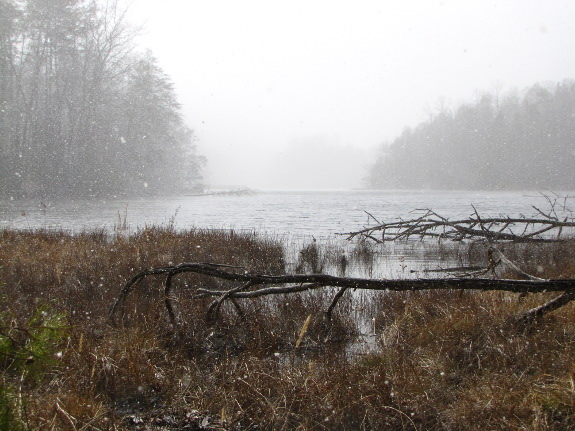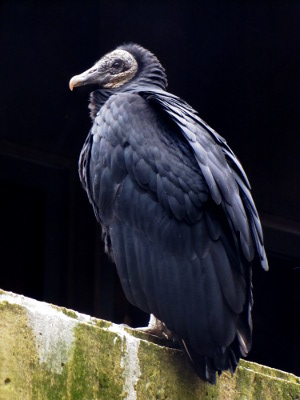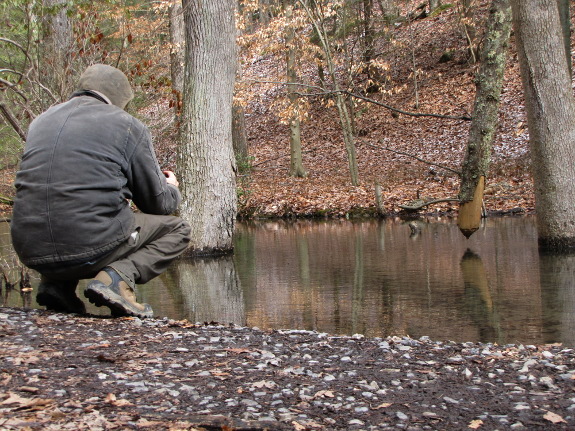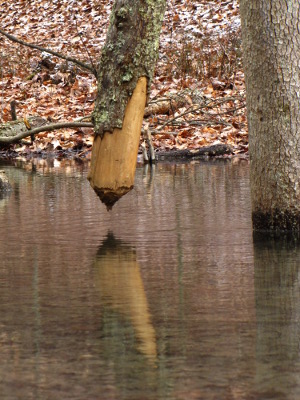
Obsessive editing

 A month ago, I wrote, "If
editing takes much longer, we'll have
to go back [to Bays
Mountain] for another round of nature meditation."
A month ago, I wrote, "If
editing takes much longer, we'll have
to go back [to Bays
Mountain] for another round of nature meditation."
Editing did take much longer. In fact, I've still got two thirds
of my fourth (and final) polishing round to go before I can give the
manuscript to my publisher.
(Yes, I know it is a little overly obsessive to go through four drafts
before I even give the manuscript to the official editor. There's
something about the permanency of a print book that makes me leery of
letting the least tiny problem slide. On the plus side, the final
product should be something I'm actively proud of.)

 Meanwhile, Bays Mountain gave
me a very interesting thought problem to take my mind off the
book.
Meanwhile, Bays Mountain gave
me a very interesting thought problem to take my mind off the
book.
See the dangling tree on
the right side of the photo above? Clearly a beaver had gnawed it
off its feet, but the stump is nowhere to be found. We could see
down to the bottom of the little pond, and there's no pointy stump
beneath its waters, nor is there one anywhere within a ten foot radius.
Any ideas on how a
beaver-gnawed log came to be suspended in the air?
Want more in-depth information? Browse through our books.
Or explore more posts by date or by subject.
About us: Anna Hess and Mark Hamilton spent over a decade living self-sufficiently in the mountains of Virginia before moving north to start over from scratch in the foothills of Ohio. They've experimented with permaculture, no-till gardening, trailersteading, home-based microbusinesses and much more, writing about their adventures in both blogs and books.
Want to be notified when new comments are posted on this page? Click on the RSS button after you add a comment to subscribe to the comment feed, or simply check the box beside "email replies to me" while writing your comment.

I like the wall of water theory, but the tree is a good 25 or 30 feet tall, and it's in a small beaver pond fed by a slow seep, and not even in a ravine, so it's hard to imagine enough water to do that being there.
I couldn't find a stump within at least 30 feet all around either, so if it fell it was from a higher height and then got gnawed post-fall.. But that's a very strange thing for a beaver to do.
Bored park rangers is my best guess. But it's a big tree.. It would have taken more than one.
I love all the hypotheses. Justus seems to be thinking along the same lines I did, and I didn't search too far out into the woods in search of a stump.
Justus seems to be thinking along the same lines I did, and I didn't search too far out into the woods in search of a stump.
Heath --- Nope, it looked relatively fresh. I'd say a month or less.
Can you describe its support from above? It appears to lean quite a bit so I wonder if it is really tangled in branches or rather wedged among some substantial limbs . . . ] j [